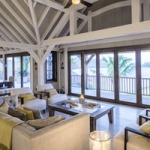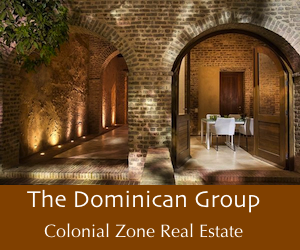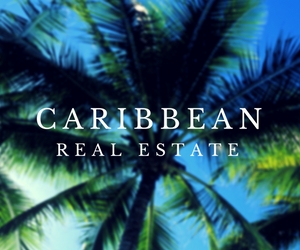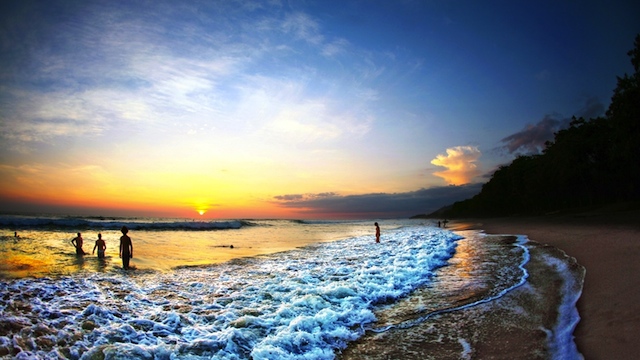
Costa Rica has been a popular retirement destination for more than 20 years. It offers a range of lifestyles, from beachfront living to mountainside retreats, from bustling urban centers to farmland. Costa Rica has something for everyone, but is particularly suited for nature lovers. The country is renowned for its natural beauty, incredible biodiversity and endless opportunities to enjoy the great outdoors.
Strong Points:
- Stunning natural beauty
- Expat communities throughout the country
- Good residency options
Ideal for:
- Nature lovers
- Outdoor sports enthusiasts
Interesting Facts:
25% of Costa Rica’s land is protected as national parks or other protected areas.
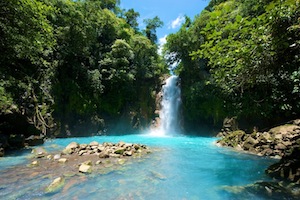
General Information
Government: Constitutional republic
Size: 19,653 sq mi (51,100 sq km)
Population: 4,586,353
Language: Spanish
Geography & Topography: The east coast is on the Caribbean Sea, while the west coast is on the Pacific Ocean. The two coastal plain areas are separated by a mountainous region. The highest point is Cerro Chirripo at 12,500 ft (3,810 m).
Climate: Since Costa Rica is located near the equator, there is little variation in temperature throughout the year. The average high temperature is 81 F (27). Keep in mind that the country has several different microclimates, with higher temperatures along the coastal plains and cooler temperatures at higher elevations.
Economy: Pharmaceuticals, software development, ecotourism and agriculture.
Currency: Costa Rican colon
Activities and Sports
People who retire in Costa Rica have endless opportunities to enjoy the outdoors. The two coasts provide the setting for a wide range of water sports, including surfing, kayaking, sailing, snorkeling, diving, windsurfing and more. The interior of the country has hill and mountain areas that are perfect for hiking, birdwatching, bicycling and other outdoor activities. Costa Rica also has numerous parks and protected areas where you can explore forests and see exotic animals.
Shopping
San Jose and the Central Valley offer lots of shopping opportunities, including modern malls. Outside of this area, shopping is generally quite limited.
Residency and Visas
The country has several attractive residency programs that make it easy to retire in Costa Rica. The Pensionado program is specifically for people with a pension or retirement fund. The other two options, Rentista and Investor, are open to everyone.
Special programs for seniors
Pensionado: Requires proof of US$1,000 income per month. The income must be from a pension plan or retirement fund. The applicant can claim a spouse and dependent children. With Pensionado status, you can own and operate your own company, but cannot work as an employee. Under this program you must stay in the country at least 4 months per year. Pensionado status must be renewed after 2 years. After 3 years, you can apply for permanent residency.
General
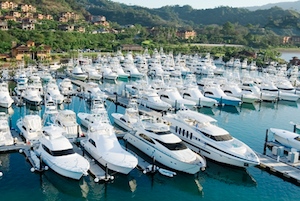 Rentista: Requires proof of US$2,500 income per month per family. Proof is either documents of fixed income source or a deposit of $60,000 in an approved bank. The applicant can claim a spouse and dependent children. Like the pensionado plan, it is possible to own and operate your own company, but you cannot work as an employee. Rentistas must stay in the country a minimum of 4 months per year. Rentista status must be renewed after 2 years. After 3 years, you can apply for permanent residency.
Rentista: Requires proof of US$2,500 income per month per family. Proof is either documents of fixed income source or a deposit of $60,000 in an approved bank. The applicant can claim a spouse and dependent children. Like the pensionado plan, it is possible to own and operate your own company, but you cannot work as an employee. Rentistas must stay in the country a minimum of 4 months per year. Rentista status must be renewed after 2 years. After 3 years, you can apply for permanent residency.
Investor: Requires proof of investment of at least US$200,000 in a business or property. The property can be a home for personal use. If the investment is property, the assessed value of the property (determined by the municipality) must be at least US$200,000. The applicant can claim a spouse and dependent children. To maintain investor status, you must stay in the country at least 6 months per year. Investors can earn income from the investment project or own and operate a company. After 3 years, you can apply for permanent residency.
Real Estate
In general, foreigners can purchase and own property without restrictions. However, beachfront property (also known as concession property) is an exception. Foreigners can only be the majority owners of a beachfront property if they have legally resided in Costa Rica for at least five years.
The real estate purchase process is very similar to the US and Canada. Title can easily be verified and insured. Using the services of a professional real estate agent and lawyer is highly recommended.
The transfer tax is 1.5% of the value (cost split by the buyer and the seller). Real estate commissions are approximately 5%.
Real Estate Taxes: Property tax is 0.25% of the assessed value of the property. The property inheritance tax is 1% to 2%.
Taxes
Residents pay tax on worldwide income at a rate of 10% to 25% (sliding scale). In general, there are no capital gains taxes. However, if the transaction is habitual (for example flipping properties) there is a capital gains tax of 30%.
Cost of Living
The cost of living is generally less than in the US, Canada and Europe.
Medical Facilities
One of the benefits of deciding to retire in Costa Rica is the excellent health care system. In fact, the UN ranks the public health system in the top 20 worldwide and the best in Latin America. High-quality private health care is also available. The country is a popular medical tourism destination due to its good reputation. The cost of health care is much lower than in the US.
Accessibility and Transportation
Air travel: The main international airport is located outside of San Jose. It receives flights from major cities in North, Central and South America, as well as Europe. There is also an international airport on the Pacific coast.
Roads: Roads in and near the capital are generally in good condition. Outside of the capital region, however, their condition is fair to poor.
Public transport: Costa Rica has reliable bus service to most towns and tourist destinations. However, most routes run to and from the capital. This means you usually need to go to San Jose then change buses to reach your final destination.
Ferries: There is daily boat service from Los Chiles, Costa Rica, to San Carlos, Nicaragua.
Trains: There are several train lines in the Central Valley area. They are mostly used by commuters.
Maps
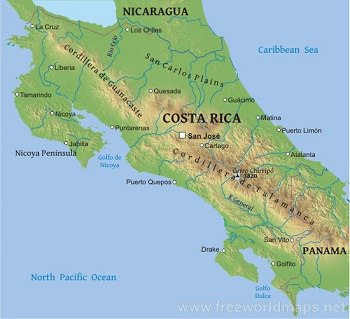
Additional Resources
Pensionado program (in Spanish)
Rentista program (in Spanish)
